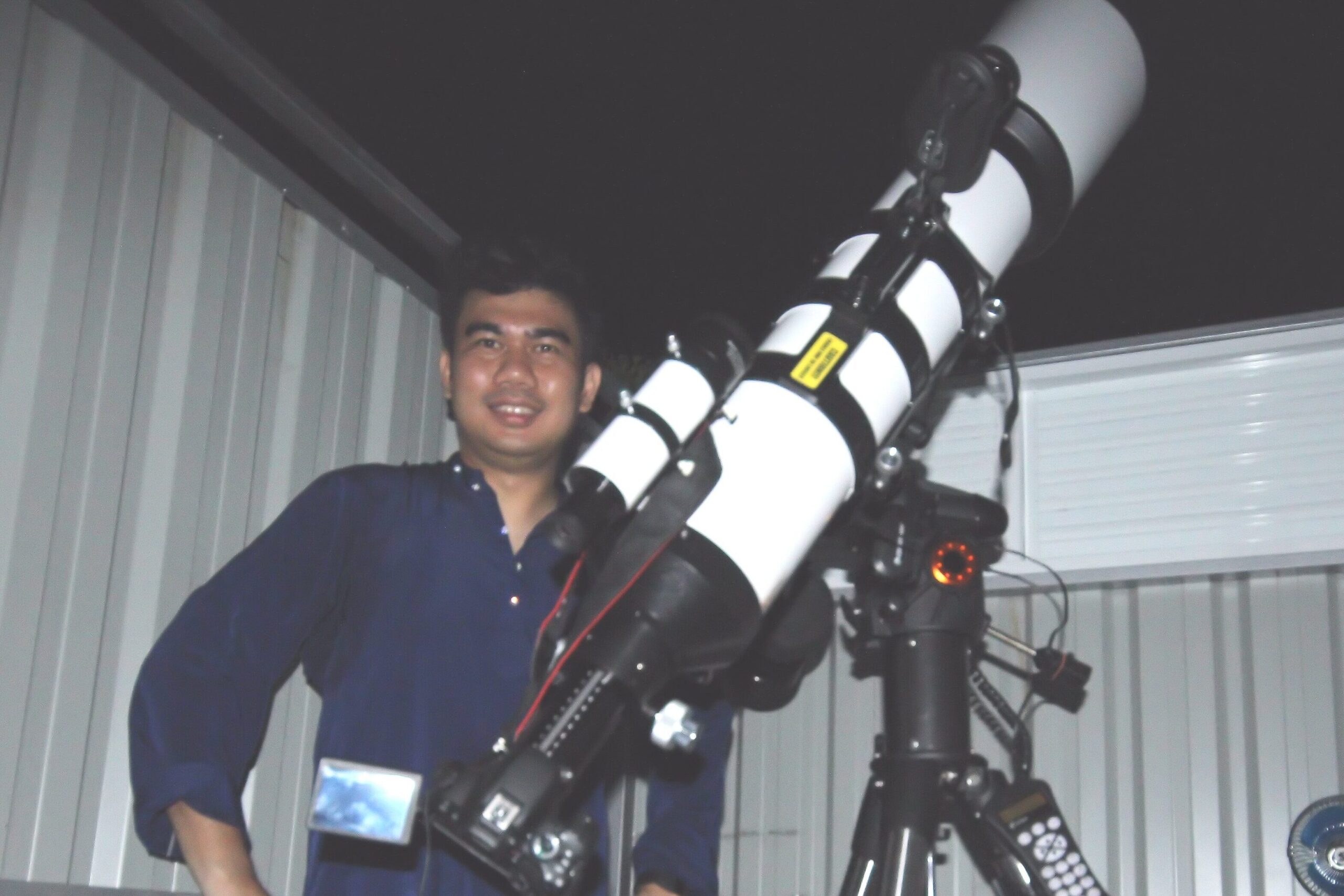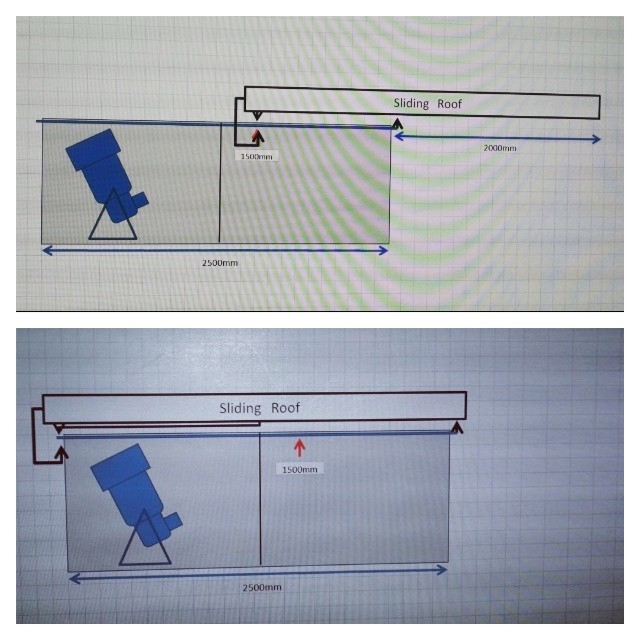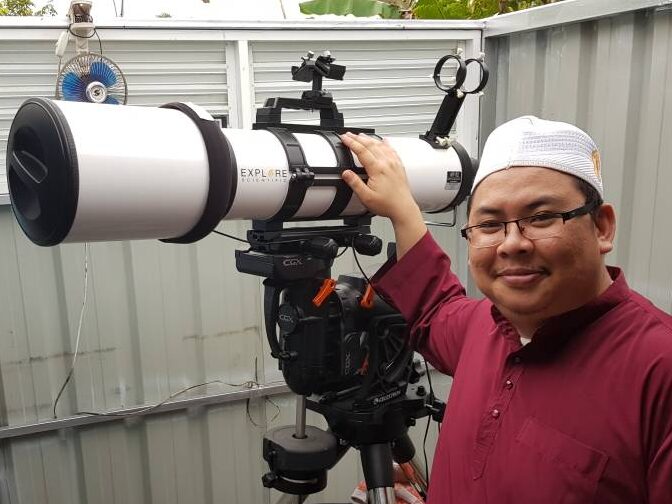by Hazarry bin Haji Ali Ahmad
Welcome to Mini Astronomical Observatory
Note: This page was written in year 2015, of which the observatory has undergone several renovations and facelifts. Some photos and information on this page are outdated.
I became interested in amateur astronomy since my early teenage years, and this year in 2015, I had built a longtime dream of a 1.5 x 2.5 meters observatory (still waiting for a proper name) in my backyard.
Well, it is more of a cozy room just enough to fit 2 to 3 people plus a dozen of my telescopes, accessories and storage boxes.
The observatory has a unique designed with a roll-off retractable roof which can be manually moved out to provide an unobstructed view of the sky when open, and critical protection for equipment such as from the rain when closed.
It is a wonderful place to have a permanent setting for my scopes to save time-consuming setup, avoiding damages to equipment from lugging around and tedious alignment procedures of a telescope.
The private owned observatory is fully functional and ready for astronomical observation when first completed on 1st Syawal 1436H corresponding to 18th July 2015. On that evening, observations began with imaging of the Lagoon Nebula (catalogued as Messier 8).


Location
The observatory is located in Kampong Keriam (4.816224°North 114.69145° East), Tutong, which is about 5-minute drive from Tutong Town and just next to Keriam Primary School. Address: #24 Simpang 442, Kampong Keriam, Tutong. Brunei Darussalam. You can use the Map above, and it is high recommended to use Waze map here for driving direction.

Instrument
The observatory itself contains a main Orion 8″ f/8 Ritchey-Chrétien Astrograph telescope, installed in June 2018. The scope is mounted on a GOTO German Equatorial Celestron CGX computerised mount and equipped with an autoalign Celestron Starsense Technology and autoguiders. A large aperture telescope is also facilitated with CCD camera, autoguiders and plate solving technology for digital astrophotography of the deep sky objects, and the solar system observation. Secondary telescopes such as an a 6-inch f/6.5 Explore Scientific AR152 refractor, Orion Astroview 100 ST plus other mini-telescopes are available to be set outside around the observatory.

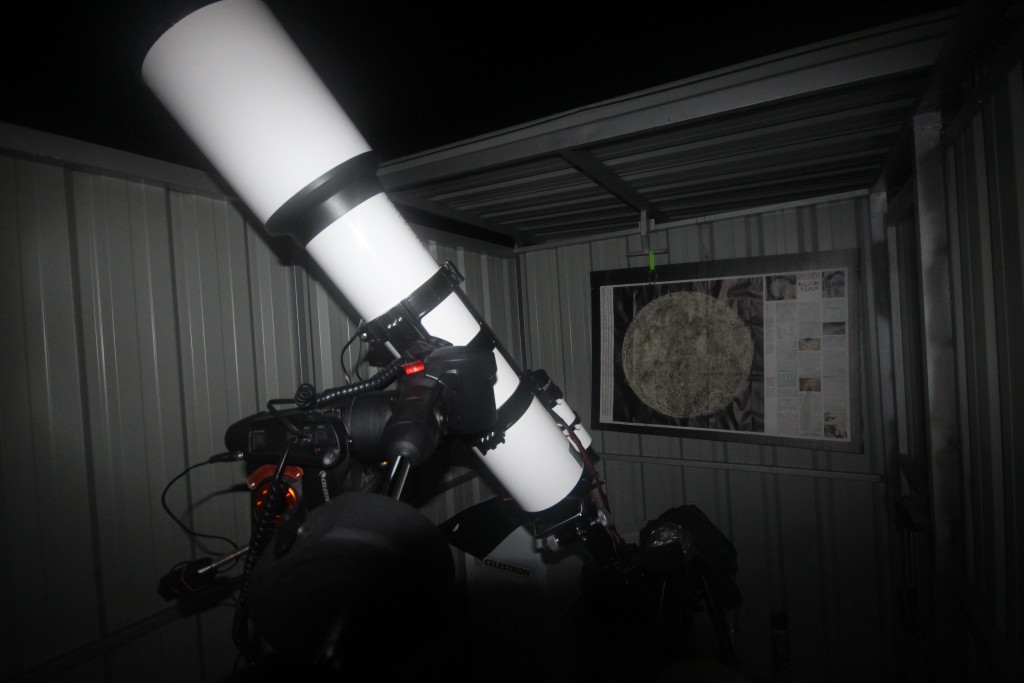
Visit to Observatory
I welcome public groups interested in visiting our private owned astronomical mini-observatory site in Keriam Tutong, to promote learning about astronomical/scientific outreach/research/engineering activities in Brunei Darussalam.
As an educator myself and member of the Brunei Darussalam Astronomical Society, I always promote public awareness of astronomy in Brunei Darussalam. Whether you are a beginner or an experienced amateur astronomer, enjoyment and challenges await you here.
Members of the Astronomical Society of Brunei Darussalam can have access to the observatory every weekend to observe the heavens above and enjoy being as amateur astronomers. Here is how to apply PABD member.

Public Observation
The observatory is open to the public, researchers, teachers and students at no fee, but subject to availability and weather. A variety of astronomical objects including the Sun, the Moon, planets, asteroid flyby, double stars, deep sky nebulas & galaxies and the occasional bright comets are ready for viewing (weather permitting).
Or simply visit to get to know the different types of telescopes and their functions. Use this star chart to make plans of your observation during your visit to the observatory.
Since space is limited, visitors are required to make booking arrangement and reservation stating the purpose of your visit. Please complete above your online request form for visit/observation at the observatory. For more info, please contact me at +6738820277 (Call or WhatsApp) or email at hazarry(a)bruneiastronomy.org, replace (a) with @.
The observatory availability and booking are on a first-come, first-served basis, and priority is for PABD members’ use. To request, simply complete this form with your details, proposed date & time and proposal summary.
Weather in Tutong, Brunei
The climate here is tropical. Tutong has a significant amount of rainfall during the year. This is true even for the driest month. The average temperature in Tutong is 27.5 °C. Precipitation here averages 2760 mm. So visitor is highly recommend to come using the observatory during the driest months (February until April). The driest month is March, with 129 mm of rain. With an average of 351 mm, the most precipitation falls in November.

There are several factors affect stargazing in the night sky such as cloud cover, transparency (clarity in the sky) and the stability of the atmosphere. AccuWeather provides the prediction conditions for stargazing activities in Pekan Tutong, Tutong, Brunei Astronomy Weather Forecast.
Latest Sky Quality Meter (SQM)

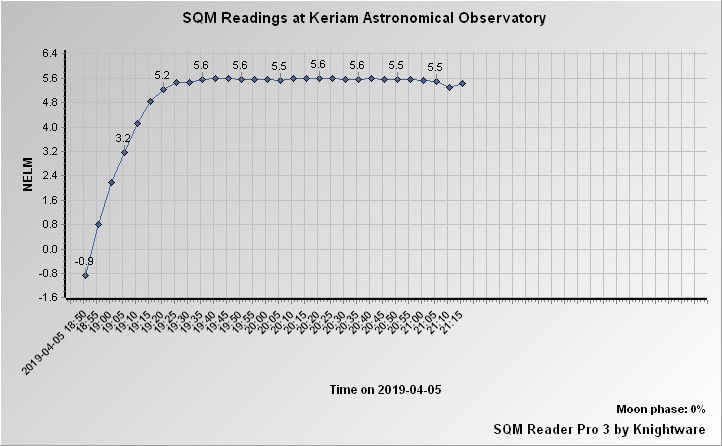
Celestial objects taken from the Observatory
These are some of the photographs taken using the scopes from the observatory:
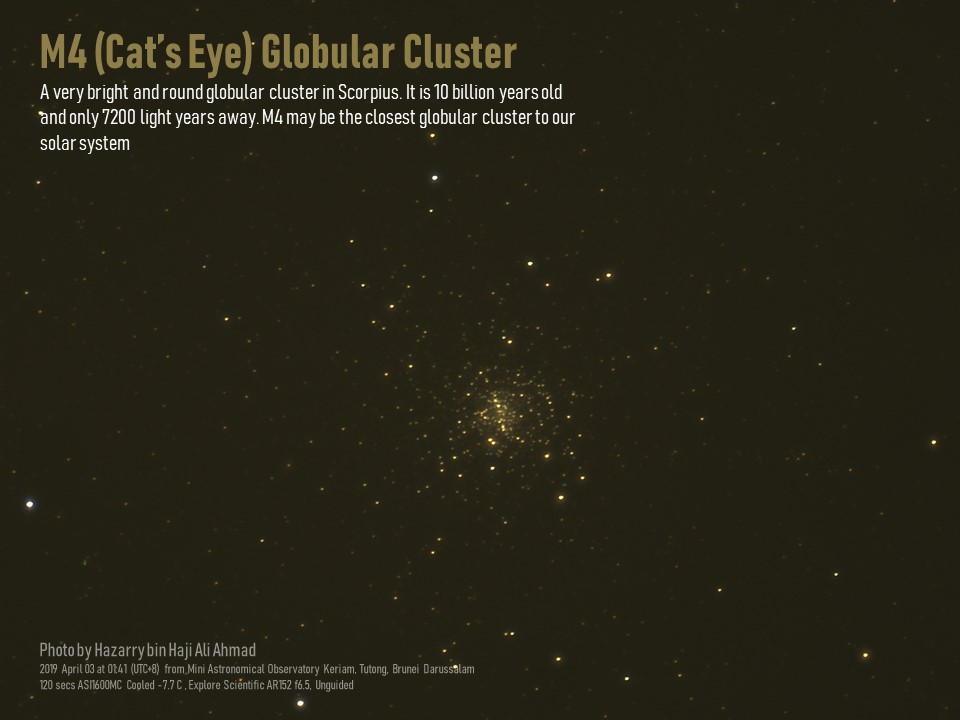








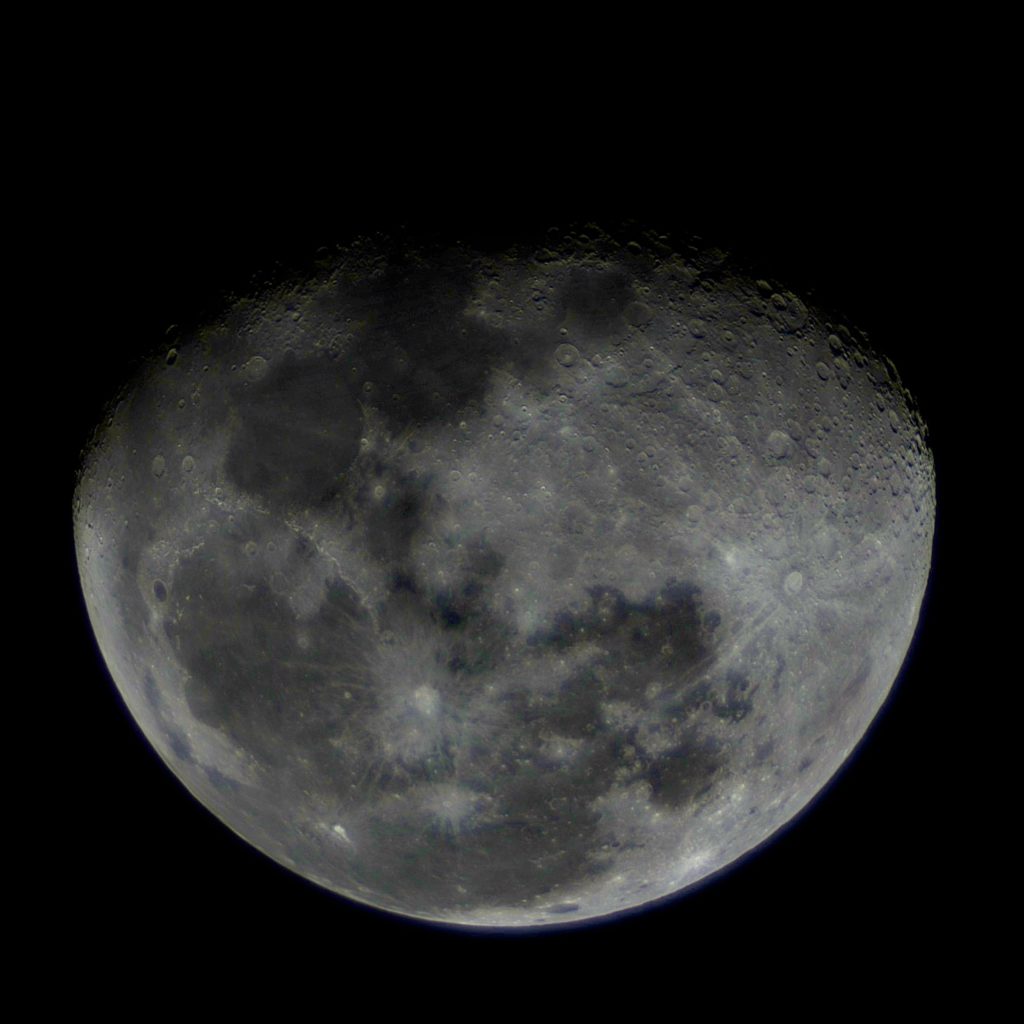



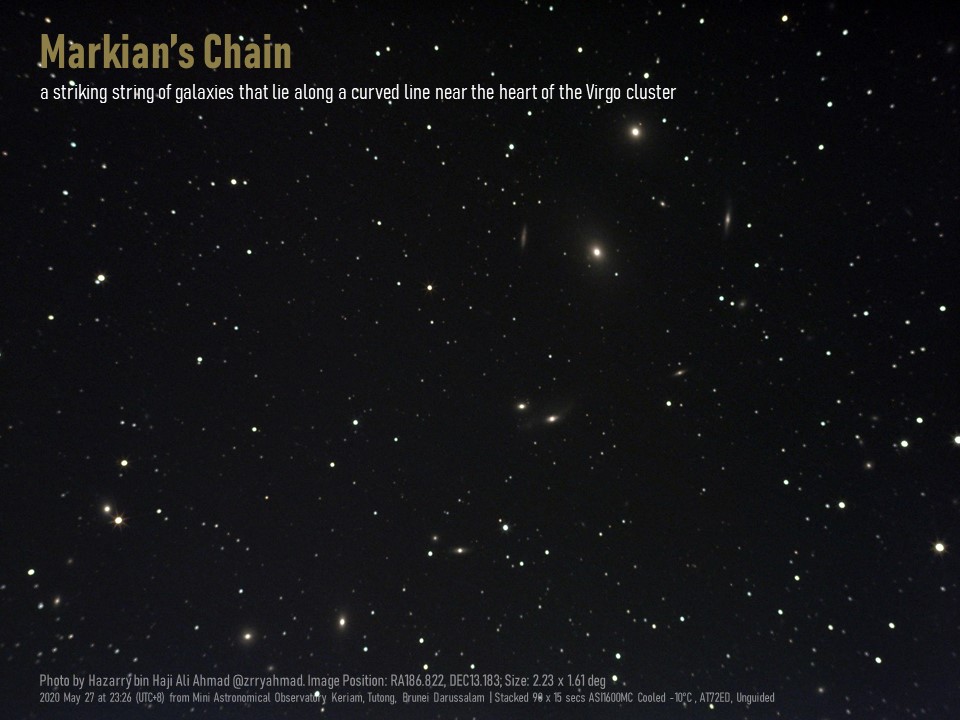





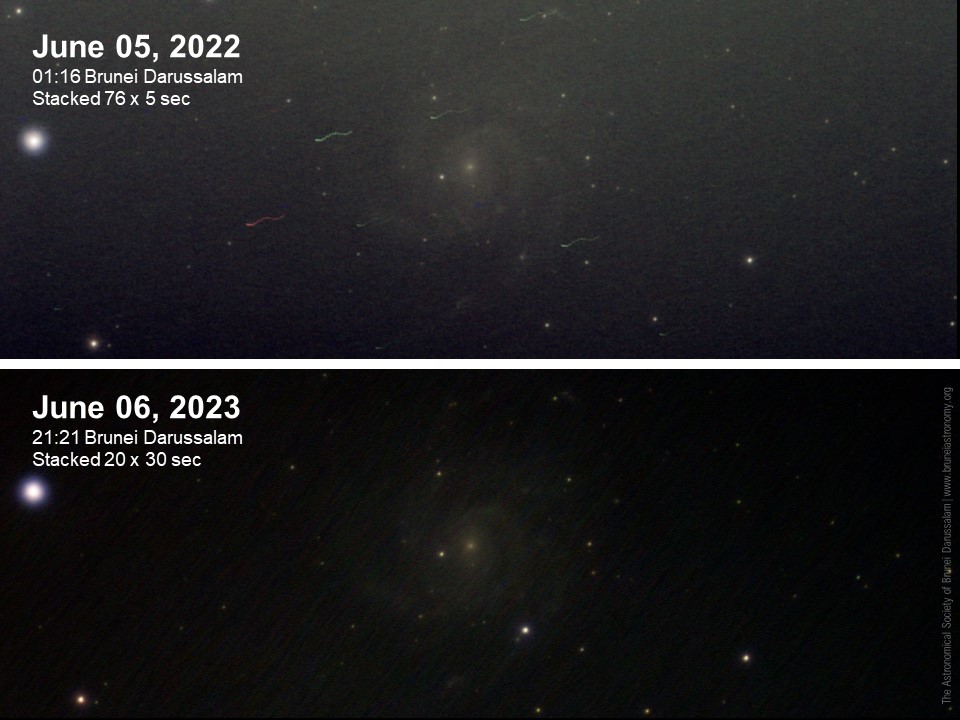
Follow Me
Follow my personal IG @zrryahmad for latest astroimaging and observatory updates. Clear sky!

